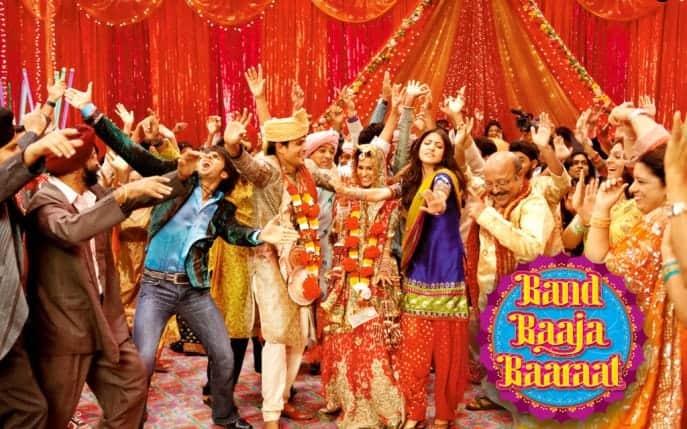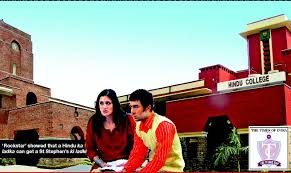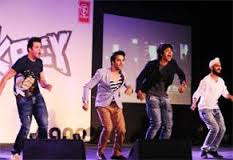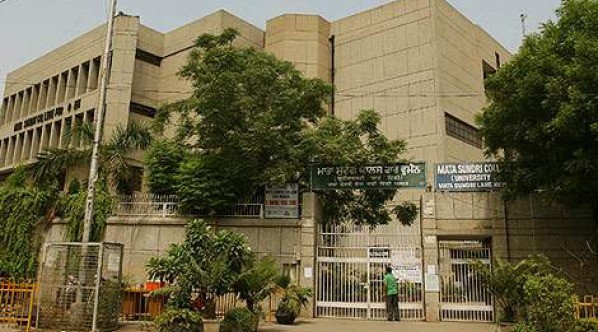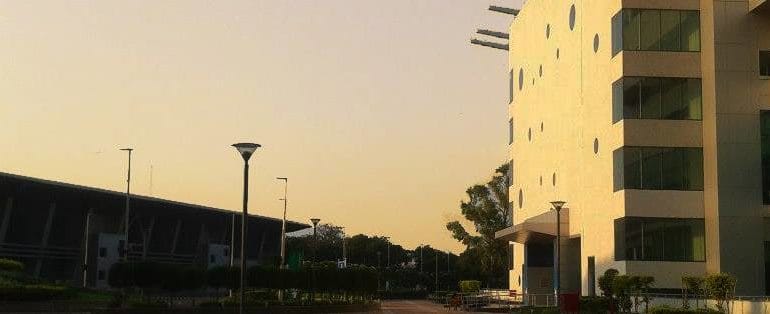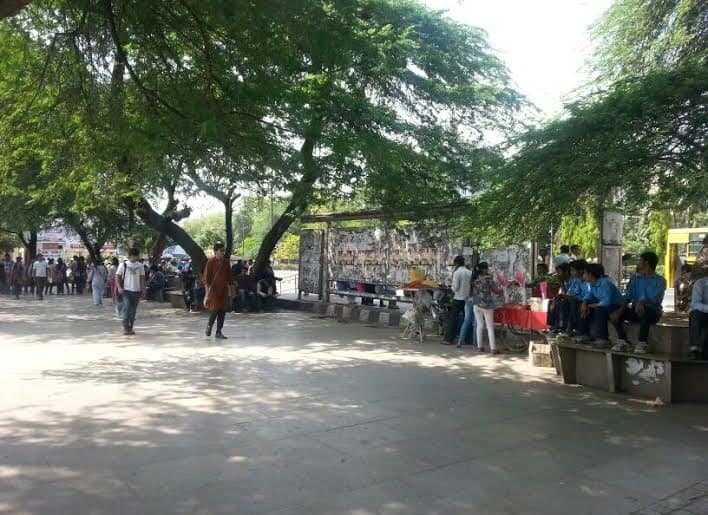There has been yet another scope of change for the course structure for the FYUP batch of 2013-14. The Committee of Principals has proposed a structure to the Committee of Courses in an open letter sent on 10th of July. While the structure has only been put forward, the Committee of Courses will have to decide the number of subjects in each semester on its basis.
According to the structure for BA/ B.Sc./B.Com/BMS Honors courses, the students will have to study three main subjects’ papers and one allied course paper in the third and fourth semester each. However for the fifth and sixth semester there will be only four main course papers. The Committee of Courses is now required to organize the remaining fourteen papers for the main subject (DC1) excluding the two research methodology papers in proper sequence.
However, no clarity has been provided for the two Allied Courses (DC 2) papers. It is just asked in the letter that the papers should be picked from the existing DC 2 papers of other subject.
For the courses of B.Tech in Computer Sciences, Electronics, Polymer Sciences, Food Technology and Instrumentation, the third to sixth semester will have three Core Discipline Papers along with one paper of Basic/Allied Engineering Sciences. The seventh and eight semesters will have two projects with the same allied papers.
A closer look at this structure, and we can see that though it’s a fair attempt to divide the papers and assimilate the supposed three year course in the two years, the students will either way have to deal with the increased burden of main course papers and DC 2 courses. The future of these Allied Courses is yet to be decided.
Alokita Verma, an English Honors student of Miranda House says, “Whatever the new course structure turns out to be, this will leave the current batch with extra burden and doubts on the credibility of their degrees. The batch will have a rather strange academic background having done papers that any other batch has not done.” Regarding the DC 2 subjects, she says, “The structure at least gives the illusion of fulfilling the promises if FYUP by including DC 2 papers.”
Another FYUP student, Ishaan Gambhir from CVS, who has been closely analyzing the issue says, “It is wrongly being said and echoed that the FYUP batch is being migrated to DU’s three year course. The new structure clearly indicates that we will still be studying what we would have been under FYUP, just in lesser time. The 2013-14 batch would be the only one to have studied fewer number of discipline subjects than all other batches – 18 to be precise, whereas TYUP has 23 to 30 of them. It poses a great risk at our employability.”
According to Dr. Abha Dev Habib, assistant professor of Physics in Miranda House, the new course structure has some positive sides to look at.
“The number of DC 2 papers has been reduced from six to two. The restructuring will bring back the focus on the main discipline course.”
Opinions of students and teachers have been varying on this topic since the alternative structures first started getting proposed. Though the makers of the course structure believe that reducing DC 2 papers will lighten the burden on the students, most of the FYUP batch students still believe that it is yet another unanalyzed attempt to play with their future.



 Alternate structure proposed by DUTA.[/caption]
Now that 57 out of 64 Delhi University colleges have opted in favour of the three year undergraduate programme, it is likely that the model proposed by DUTA will come under light and be scrutinized on numerous grounds.
For thousands of students who were enrolled under FYUP last year, this structure (if brought into action) will decide their future. So hereby we make an effort to make it clear how the proposed model builds the course and compensates the loss of an entire year faced by the students.
According to the model, the students will not study any Foundation Courses from the coming third semester. The second year will solely comprise of 3′ Discipline One’ courses and 1 ‘Discipline Two’course in the third and fourth semester each. For the third year, the students will only study four ‘Discipline One’ courses along with one research program in the fifth and sixth semester each.
In total, this makes the total number of seven Foundation courses with one Language in first year, 18 Discipline One courses with two Research program, two ‘Discipline Two’ courses and two IMBH courses from first year. In comparison to FYUP, students will study four less ‘Discipline Two’ courses and no applied courses at all.
Now if we look at the new model, though it tries to condense the course in two years, the current FYUP batch will still be studying lesser number of DC 2 course subjects and giving lesser papers of DC 2 which can be seen as a drawback. As per the guidelines issued to students of the FYUP batch while choosing their DC 2 subjects, to get the minor degree in the chosen minor subject, the student will have to give six papers of the taken subject.
This contradicts the proposed model according to which DC 2 will have only two papers. If removing Foundation Courses and adding another course of lesser or no academic relevance to the curriculum in the name of DC 2 is what the new structure promises, then why not just do away with the idea of DC 2 course? Or add academic relevance and importance to it?
The number of Discipline Courses in regular three year program is relatively more than the revised model. Basically, it looks like that in order to fit the remaining three year course in two years, the students will have to undergo the pressure of increased DC examinations.
Reducing the burden of Foundation Courses to zero in the second and third year will surely give the students time and advantage to focus on the main course study and over all the point still remains the same – If the Foundation Courses, Application Courses and Applied courses are not there and the Discipline One courses remain the same as in FYUP, then why not compensate the reduction in DC 2 course papers?
Questions have been raised throughout the past year regarding the relevance and level of the Foundation Courses being taught in FYUP. Now removing them in second and third year is a positive step considering they were of no greater use to students doing their bachelor’s degrees. In order to maintain the number of papers that students previously used to give in three year program, the officials have apparently reduced the DC 2 papers.
Now while the officials go through various plans and course structure to accommodate the FYUP batch into the three year program, the future of thousands of students lies at stake. Following the DUTA model, this batch will thus become the only batch to have given lesser DC 1 papers in comparison to the Three Year Undergraduate Program which can crop up as a problem after pursuing further careers.]]>
Alternate structure proposed by DUTA.[/caption]
Now that 57 out of 64 Delhi University colleges have opted in favour of the three year undergraduate programme, it is likely that the model proposed by DUTA will come under light and be scrutinized on numerous grounds.
For thousands of students who were enrolled under FYUP last year, this structure (if brought into action) will decide their future. So hereby we make an effort to make it clear how the proposed model builds the course and compensates the loss of an entire year faced by the students.
According to the model, the students will not study any Foundation Courses from the coming third semester. The second year will solely comprise of 3′ Discipline One’ courses and 1 ‘Discipline Two’course in the third and fourth semester each. For the third year, the students will only study four ‘Discipline One’ courses along with one research program in the fifth and sixth semester each.
In total, this makes the total number of seven Foundation courses with one Language in first year, 18 Discipline One courses with two Research program, two ‘Discipline Two’ courses and two IMBH courses from first year. In comparison to FYUP, students will study four less ‘Discipline Two’ courses and no applied courses at all.
Now if we look at the new model, though it tries to condense the course in two years, the current FYUP batch will still be studying lesser number of DC 2 course subjects and giving lesser papers of DC 2 which can be seen as a drawback. As per the guidelines issued to students of the FYUP batch while choosing their DC 2 subjects, to get the minor degree in the chosen minor subject, the student will have to give six papers of the taken subject.
This contradicts the proposed model according to which DC 2 will have only two papers. If removing Foundation Courses and adding another course of lesser or no academic relevance to the curriculum in the name of DC 2 is what the new structure promises, then why not just do away with the idea of DC 2 course? Or add academic relevance and importance to it?
The number of Discipline Courses in regular three year program is relatively more than the revised model. Basically, it looks like that in order to fit the remaining three year course in two years, the students will have to undergo the pressure of increased DC examinations.
Reducing the burden of Foundation Courses to zero in the second and third year will surely give the students time and advantage to focus on the main course study and over all the point still remains the same – If the Foundation Courses, Application Courses and Applied courses are not there and the Discipline One courses remain the same as in FYUP, then why not compensate the reduction in DC 2 course papers?
Questions have been raised throughout the past year regarding the relevance and level of the Foundation Courses being taught in FYUP. Now removing them in second and third year is a positive step considering they were of no greater use to students doing their bachelor’s degrees. In order to maintain the number of papers that students previously used to give in three year program, the officials have apparently reduced the DC 2 papers.
Now while the officials go through various plans and course structure to accommodate the FYUP batch into the three year program, the future of thousands of students lies at stake. Following the DUTA model, this batch will thus become the only batch to have given lesser DC 1 papers in comparison to the Three Year Undergraduate Program which can crop up as a problem after pursuing further careers.]]> 
